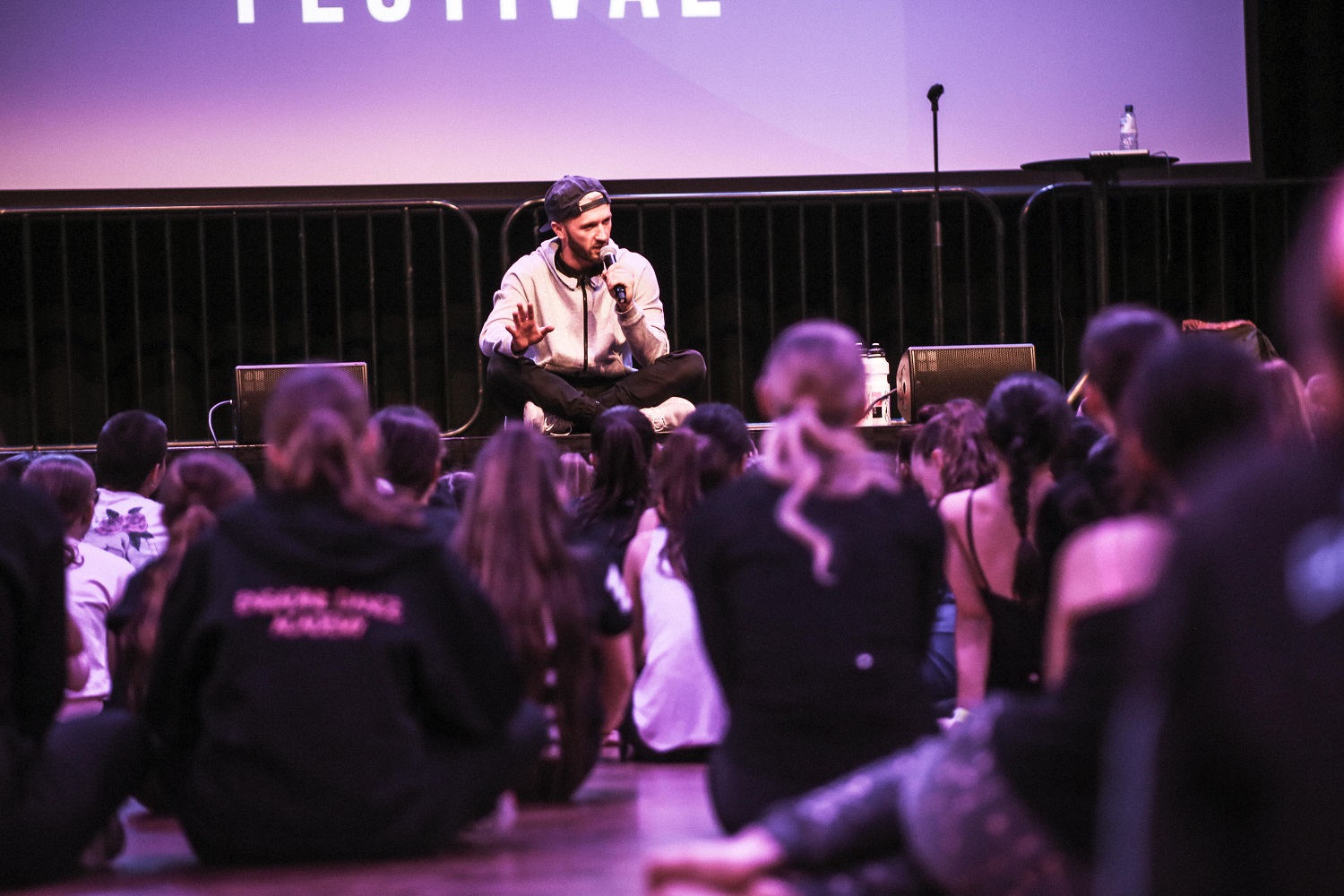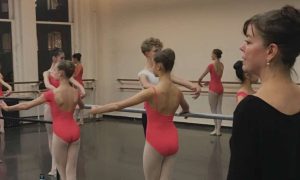So you took a masterclass with a choreographer you adore, or saw a show you were stunned by, or you came across an artist on your Instagram explore page who blows you away (you’ll know what we’re talking about if you read our article, “How to rig your social media for success“). So what’s next? How do you go from being an audience member, student or social media follower to working with the artists you admire?
Step one is, as always, do your research. Before falling head over heels and deciding this is your new dream job, look into what it is this artist does daily. Do they work by seasons, or by gigs? Where are they based? Would you want to live there? Do they tour? Would you want to tour? Look up their past and current works. Is their style consistent to what initially caught your eye? If not, are the other styles they explore also of interest to you? Look up their dancers. What are their backgrounds? Take a moment to find out more. If you haven’t yet, try to catch their work live.
If the artist you’re researching is doing the kind of work you’re interested in, the next step is to find any workshops, masterclasses or intensives they have coming up. Get in the studio with them, try on their movement style. There’s never any guarantee it’ll fit you right away, but if it’s something that piques your interest and feeds your creativity, keep at it. Whether or not you do end up working with this artist, learning a new movement language is important. It helps you stretch your versatility, exercise your mind’s ability to pick up unfamiliar styles and challenge your body to work in new ways. Not only do you get to see if you love dancing this style as much as you did watching it, but you can get a sense of who the artist is and how they work.
If they don’t have any workshops or the like coming up, there’s no reason not to reach out through email, website or social media to express your interest. While it can feel scary, letting them know that you admire their work and would like a chance to try it is never a bad thing. It’s just important to reach out via the appropriate channels. And what those are might differ case by case. For example, if the artist has a website with a Contact Us section, or lists a info@company.com email, that’s the expected and acceptable way to get in touch. The catch is that response times and rates vary. Whereas if you’re reaching out through an alternative connection, like a friend who’s familiar with the artist, it’s only polite to have your friend ask permission to share the artist’s contact information with you.
Social media poses a whole other question of professional etiquette. On platforms that are built to connect people, you’re provided a direct line to the artists you admire. Some artists use it as a way to engage with their audiences and dance community. I see casting calls on Instagram almost every week. I’ve been booked for some of my favorite projects through social media. And for some of those, I was the one to reach out to the artist first. I think an important distinction to make before messaging an artist over social media is to determine whether or not they use it as a platform for their work. (See “How to rig your social media for success” to learn the difference between a personal account and a professional account. And no, it’s not just a little blue checkmark.) If the content they’re posting is promoting their company, choreography, projects or other similar subjects you would find on their website, there’s no harm in dropping a line.
Once you know you’re reaching out the right way, you have to figure out what you want to say. Just let them know you’re interested in their work! Asking about company class, upcoming opportunities and how best to connect are all good options. For individual choreographers, you can offer to be a body to workshop movement on, or propose a collaboration. What you want to avoid is immediately asking for a job. Not only do they not know you, but you don’t really know them, even if you have done all your research. You want to build a relationship with an artist you admire. You know that you like their style, but you also want to know that you like their process, and them. That’s what makes this way of connecting different from showing up to a cattle call. This way, the artist knows that you don’t just want a job; you want this job. And this way you know that for certain, too. You always can (and should) keep attending cattle calls, too, to keep your options open and your skills versatile.
Building up a professional relationship like this is often time-consuming and expensive. Workshops cost money, and showing up consistently enough to be more than a face in the crowd takes up time. Be selective about the artists you do this for. If you really admire their movement style, you’ll learn and gain value from moving with them, whether you end up working with them or not. When it comes to budgeting for class, many artists are also willing to compromise and help find ways to offset the costs. Propose trading administrative tasks for discounted classes. Some dance facilities offer “guest” or “half-guest” spots for the teacher to give out.
Approach artists you admire; the worst they can say is no. But in my experience, the worst they do say is “not right now”. They often thank you for your interest, and do genuinely want you to keep in touch. If their work stays relevant to you and your goals, keep showing up.
By Holly LaRoche of Dance Informa.













